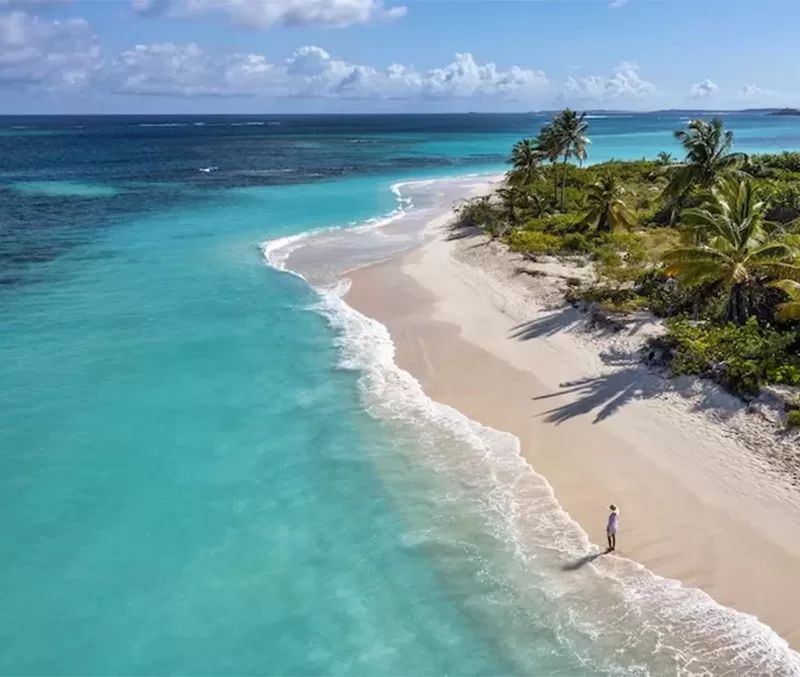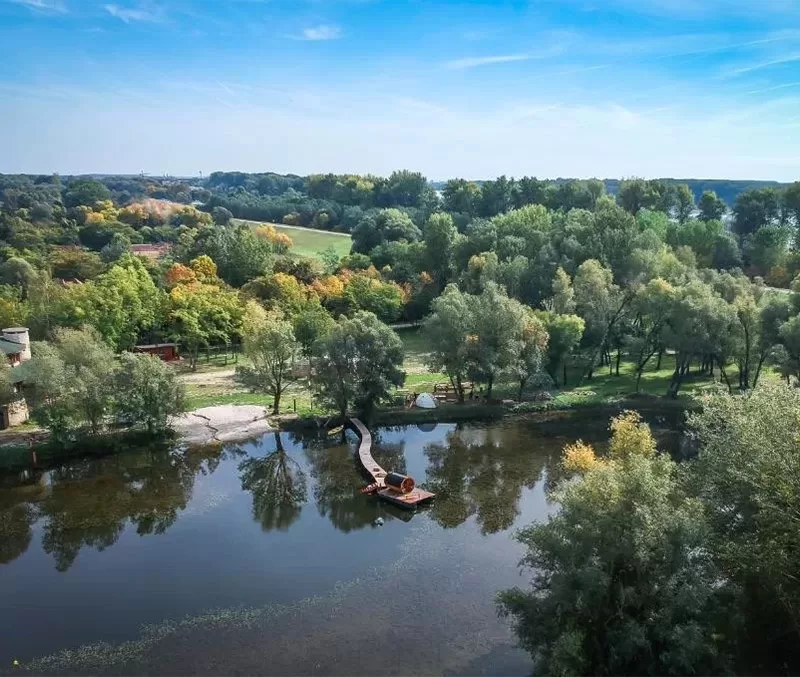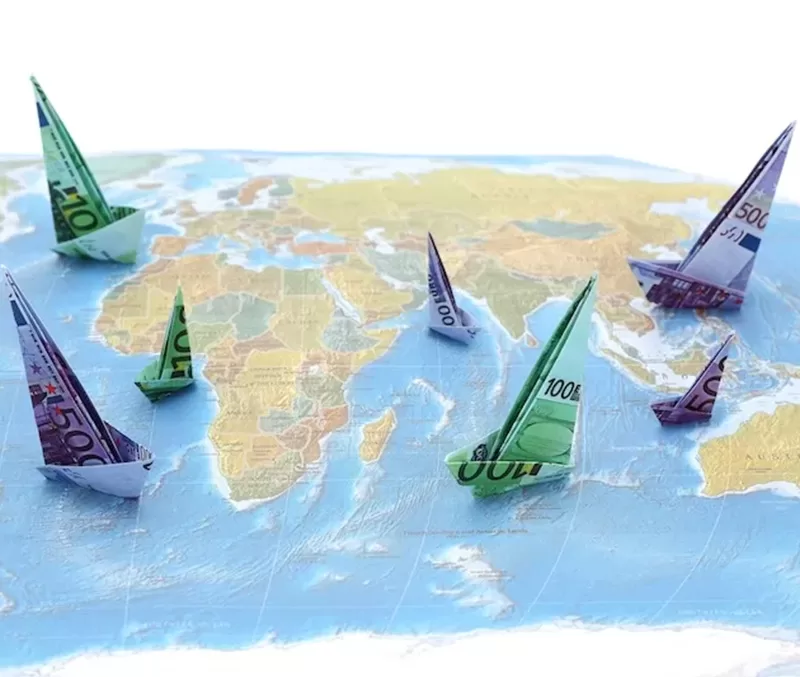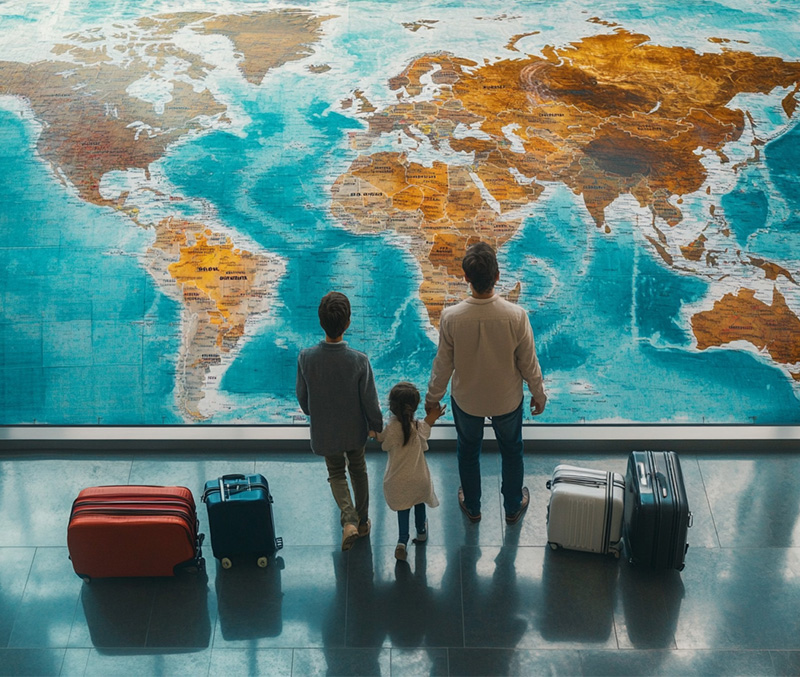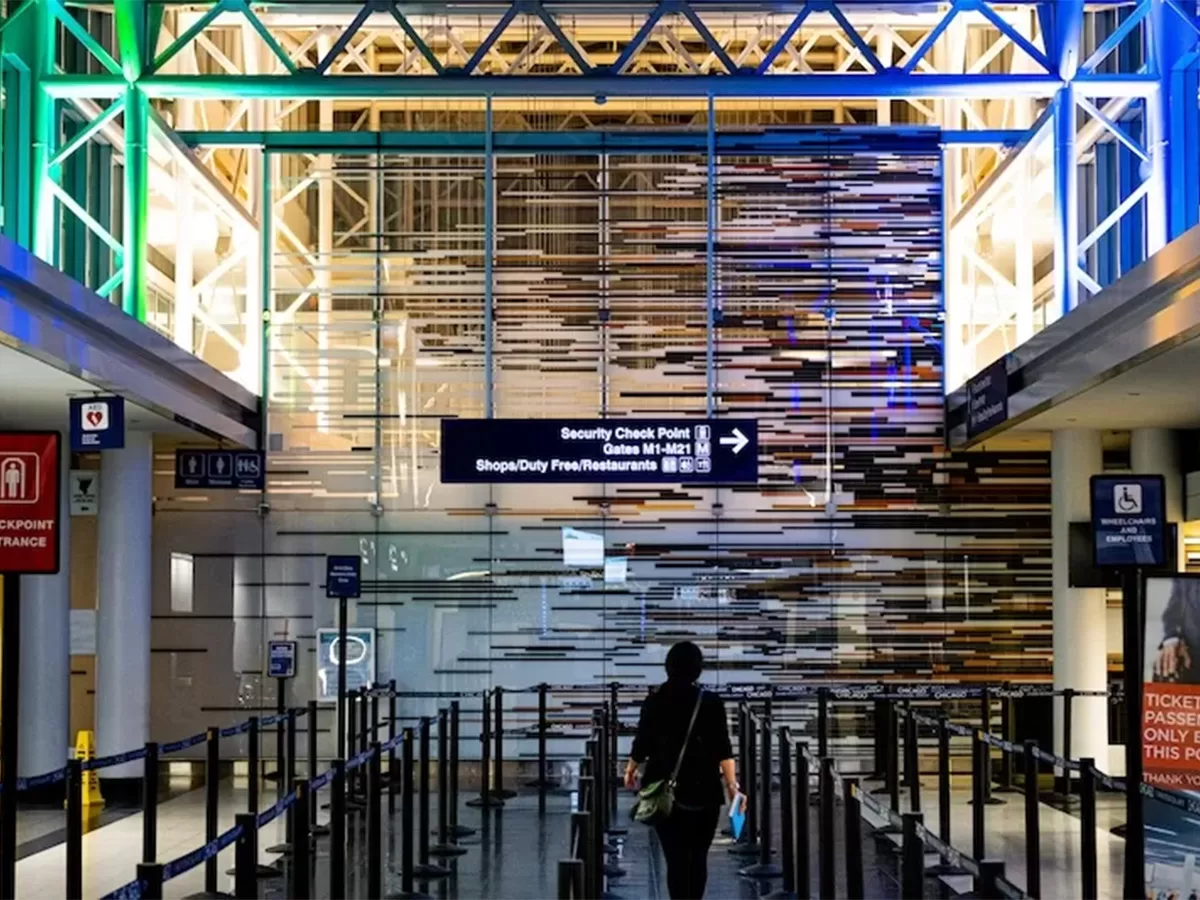A Few Simple Preparations Before You Move to Mexico
You’ll need to get a passport to enter Mexico by air. These requirements began in January of 2007. However, take note that you’ll definitely need a passport to enter or re-enter the US by air or sea later, even if you’re a Canadian or US citizen. It takes about six weeks to get a passport, but there is an expedited process if you need to use it. You’ll be issued a travel visa when you enter Mexico.
You can register at your nearest consulate to ensure that you can be found if there’s an emergency in your family.
If you drive into Mexico, you’ll be required to pay a twenty dollar fee for importing your car if you come in on a tourist visa as most people do. If you’ve gotten your FM-3 Visa in advance or are returning to Mexico after getting it here, that visa will work too. With an FM-3 Visa, you can import your vehicle for a little more money at the border for the length of time of your visa. Be sure you have the vehicle registration or another proof of ownership, and a valid driver’s license with you. You can drive the vehicle with foreign license plates, but only for the period of your visa.
If you drive into Mexico, it’s critical to get accident insurance that’s valid in Mexico. If you have an accident in Mexico, you’re foreign insurance will not be recognized. You will go to jail and you may not be able to leave the country. Be sure to purchase Mexican car insurance before your drive in Mexico. Check with your car insurance company to see if they can make a referral or offer Mexican car insurance. You can apply, pay and receive your insurance card and papers, all online. It’s very reasonable. Beware of online Mexican car insurance scams: There are some!
If you need a medication that’s hard to get, bring a supply. Your prescription will not be recognized in Mexico and the farmacias here may not carry it. However, there seem to be pharmacies on every block in the cities. They often carry a wide selection of pharmaceuticals and there are many more medicines sold without a prescription in Mexico than in Canada or the US. You may have to explain what medicine it is to the farmacia clerk. They can look it up. You might be able to have your prescription refilled without a doctor’s order, but if not, see a doctor and get a Mexican prescription.
Vaccinations against hepatitis A, B and typhoid are recommended before travel to Mexico. Make sure all of your other vaccinations are up to date too, particularly your tetanus vaccination since some marine life, cacti and other sharp objects here can cause hazardous puncture wounds.
If you have any unusual, difficult to treat or serious health problem, talk with your doctor before coming to Mexico. The doctor may be able to find you a specialist here to suit your needs. Call ahead to confirm that you’ll have access to the physician and bring copies of your medical records. La Paz, Cabo San Lucas and San Jose del Cabo all have specialized medical services and you can call the hospitals and clinics there for referrals too. Mexico is not well-suited to wheelchairs or people who have mobility difficulties unless the plan is to settle quickly into a modern hotel or home and not venture too far. If you’re prone to catching infectious diseases, your doctor may want to update your vaccinations and prescribe a strong antibiotic. Many Mexicans take something called Vermox here, a 500 milligram antibiotic, once per year, to handle the bacteria here.
For a country with lots of mosquitoes, repellants that don’t just about kill you with the smell are hard to find. Buy one at home and bring it with you. You’ll need it. Another option that some people swear by is to use Mexican vanilla instead. You can find it in most small shops here.
If you have a favorite high tech toy, you might want to bring it. Just understand that it may be difficult to find a repair service replacement parts for some unusual gizmos. Take it out of the box, or you may be charged a significant import fee at the border, port or airport.
Keep your bank account open. You’ll need access to it. Keep the bulk of the money you’ll use in a savings account from which you can transfer funds to your checking account and transfer as you need to withdraw. Set it up so that any thief who might get your card will only be able to withdraw from your checking account, not your savings. You’ll need to show your balance for the last three months if you plan to apply within Mexico for the immigrant visa, called an FM-3. Online banking can make it easy to transfer funds, get your account records and pay any bills you may have electronically.
Excerpted and adapted from the ebook “The Pleasure of Life in Baja Sur” by Jolyn Wells-Moran, Ph.D.













